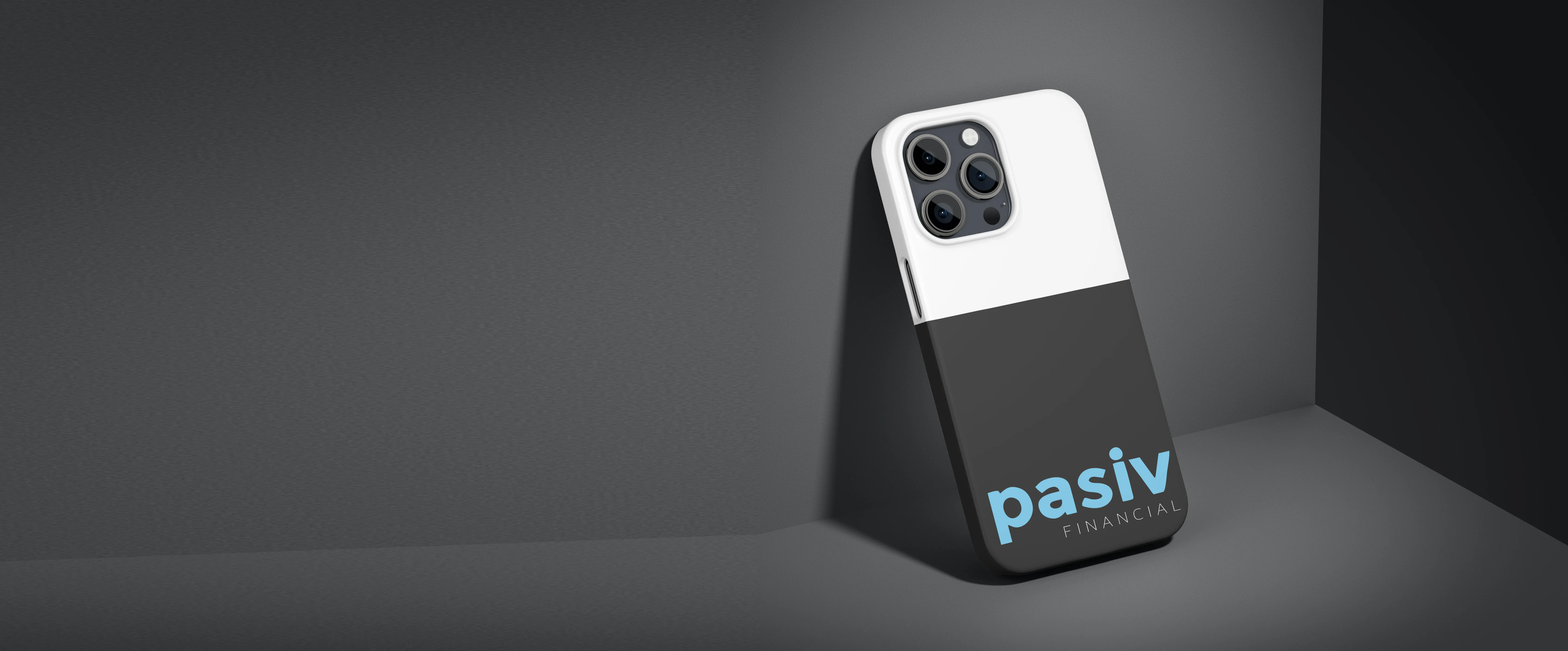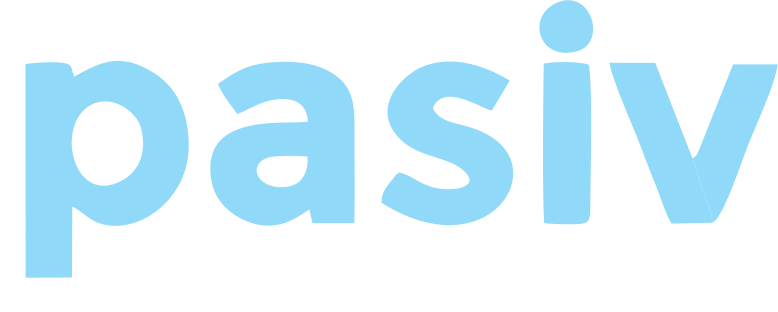Pasiv Financial Ltd (Pasiv) is a registered financial services provider in the Dubai International Financial Centre (DIFC) jurisdiction of the United Arab Emirates. Pasiv is regulated by the Dubai Financial Services Authority (DFSA) and has been authorized as a Category 4 - Arranging Deals in investments entity (Authorization #F006425). U.S. securities products and services are offered through ChoiceTrade. Pasiv does not offer its services to US persons (US Citizens & US Residents) via direct solicitation of any sort. This website is not intended for US persons.
ChoiceTrade Inc is a regulated brokerage firm in the US and a member of the SIPC with approval from FINRA and the SEC (U.S. Securities Exchange Commission) to trade in listed US securities. CDRI#: 104021/SEC#: 8-52511. SIPC protects the securities in our users' investment accounts up to a total of $500,000 per account against insolvency or bankruptcy. Relevant SEC & FINRA fees may apply. Pasiv does not offer its services to US persons (US Citizens & US Residents) via direct solicitation of any sort. This website is not intended for US persons.
Investors should consider the investment objectives and unique risk profile of Exchange Traded Funds (ETFs) carefully before investing. ETFs are subject to risks similar to those of other diversified portfolios. Leveraged and Inverse ETFs may not be suitable for all investors and may increase exposure to volatility through the use of leverage, short sales of securities, derivatives and other complex investment strategies. Although ETFs are designed to provide investment results that generally correspond to the performance of their respective underlying indices, there may not always be a perfect correlation. A prospectus contains this and other information about the ETF and should be read carefully before investing.
Pasiv newsletters, Instagram stories, social media posts and podcasts reflect the opinions of only the authors who are associated persons of Pasiv Financial Ltd, and do not reflect the views of ChoiceTrade Inc or any of its subsidiaries or affiliates. They are meant for informational purposes only, are not intended to serve as a recommendation to buy or sell any security in a self-directed ChoiceTrade account or any other account, and are not an offer or sale of a security. They are also not research reports and are not intended to serve as the basis for any investment decision.
All investments involve risk and the past performance of a security or financial product does not guarantee future results or returns. Keep in mind that while diversification may help spread risk, it does not assure a profit or protect against loss. There is always the potential of losing money when you invest in securities or other financial products. Investors should consider their investment objectives and risks carefully before investing. The price of a given security may increase or decrease based on market conditions and customers may lose money, including their original investment.
© 2026 Pasiv Financial Ltd. All rights reserved.

